NOMA
Is a two Michelin-star restaurant co-owned and run by chef Rene Redzepi outside of Copenhagen. With an emphasis on Nordic/Scandinavian cuisine, NOMA helped shape the world of seasonal eating after winning best restaurant in the world in 2010, 2011, 2012 and 2014, with consecutive top 10 placements over the last ten years. In December 2016, Redzepi closed the restaurant in order to move the location to an urban farm near Copenhagen. After a year long hiatus, NOMA 2.0 reopened in its new location, surrounded by 2,100 square feet of garden land designed by Piet Oudolf, who also collaborated on landscaping the High Line in New York City. With eleven building on site and three large, free-standing greenhouses, NOMA was set to establish itself as an example to the world how to create a healthy balance of grown, seasonal, and foraged food in the setting of fine dining.
At the time when we first became aware of NOMA, the head of fermentation was a chef called David Zilber, who co-wrote the hugely influential NOMA’s Guide to Fermentation. Zilber has played a prolific role in the number of fermented foods the restaurant encompasses on its seasonal menu and the book has been herald as “A significant marker of culinary culture” by The New York Times. Both Redzepi and Zilber are active on social media and we couldn’t encourage you enough to seek them out.
The menu at NOMA is redefined every season to celebrate the available foods of the region. With a great network of foragers and experts on wild foods at their disposal, the restaurant and its team of chefs constantly experiment and develop new methods of preserving and emphasizing the flavours of the region whenever they are available in order to keep the menu fresh and interesting for as much of the year as possible.

A seasonal selection of grown and foraged food, NOMA
Redzepi was born in Copenhagen, Denmark, to a father from the Yugoslav Republic of Macedonia and a Danish mother. His father is of Albanian ethnic descent.
When he was young, Redzepi's family moved to Macedonia and lived in Tetovo, a predominantly ethnic Albanian area, until 1992 – the start of the Yugoslav Wars. Redzepi has said he found life in Macedonia very enjoyable compared to his later time in a small apartment in a not so-great neighborhood in Denmark. In Macedonia, Redzepi lived in a rural area in a large multi-generation house where they ate locally sourced food, mostly vegetarian, and very healthy. He was 15 when he enrolled in culinary school.
He worked for a number of restaurants in his late teens and early 20s, notably Kong Hans Kælder, a Micheline starred restaurant in Copenhagen. He also spent a season at the world famous El Bulli in 1998.
Zilber, or as he was apparently known at NOMA, The Zilbertron, was born in Toronto, Canada. When he became head of fermentation at NOMA it was through the classic combination of hard work, experience, and talent, but also by constantly teaching himself new things, taking risks, and embracing the sciences.
“It can sometimes feel like all there is is gastronomy,” he says. “But the world is so much bigger than that. So much of gastronomy is informed by mechanisms, sciences, and natural laws that sit just beyond the horizon of recipes and cultures that make up the world of food. Some of the biggest insights into my job have come from the fields of economics or cognitive science.”
Below, Chef René Redzepi (left) and David Zilber (right).


In yet another U-turn, in its most recent incarnation (during the pandemic), NOMA 3.0 has become a burger and wine restaurant, featuring seasonal, fermented gourmet burgers to suit all dietary needs. They have proven that whatever they turn their attention towards they can do to the level the world has come to expect of them.
NOMA, Redzepi, and of course Zilber play a hugely important role in how we have come to view creativity and seasonality in the garden and in the kitchen. It is our aim to bring such things to a more accessible level for the home cook and push the boundaries of what is possible with simple home applications and no specialist equipment.
For more information, please visit NOMA
For now, please enjoy some examples of what NOMA have featured on their menu in years past.






Images used belong to Netflix, NOMA.dk, and wikipedia.com



